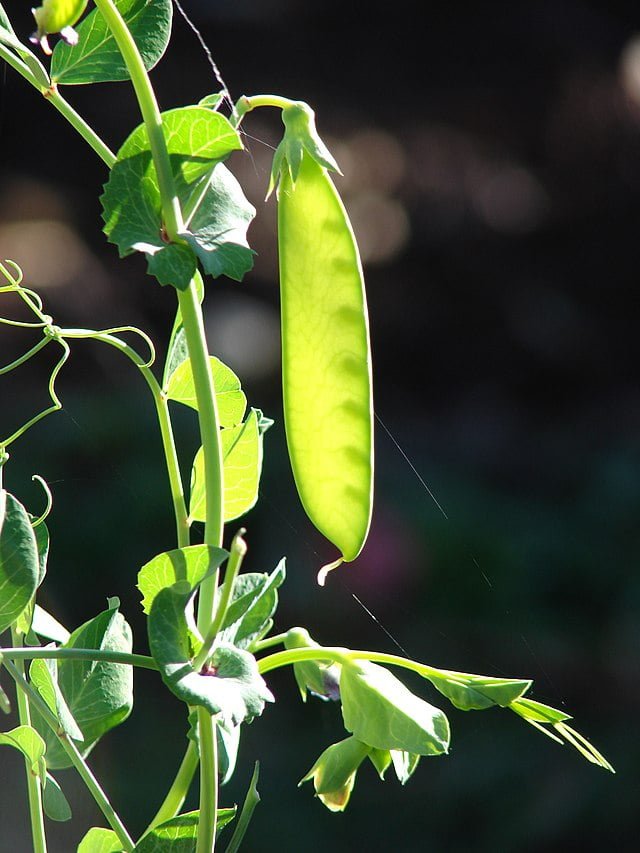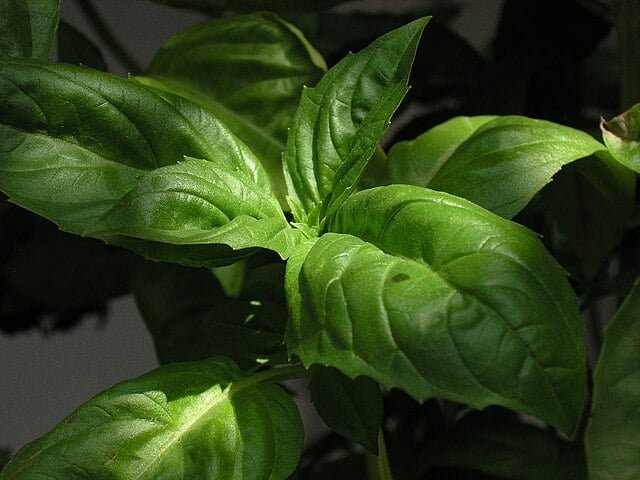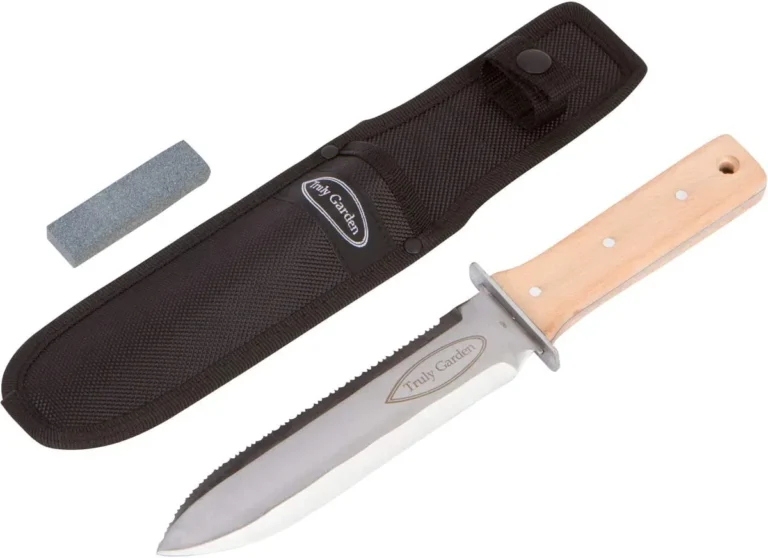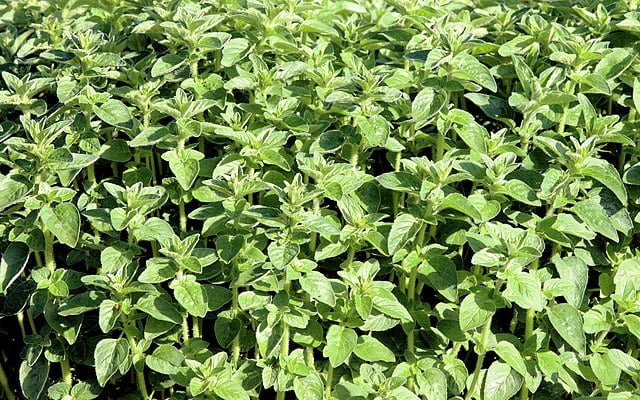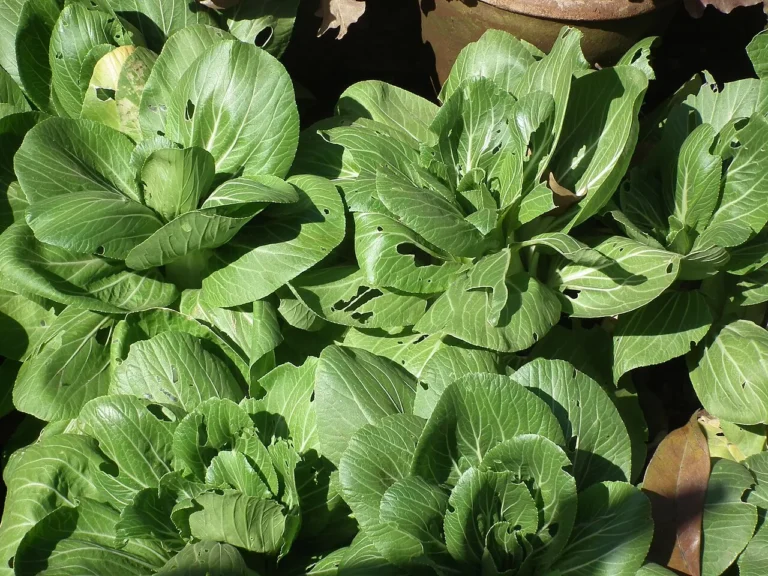Growing Snow Peas: An Easy Guide to Growing Your Own
Snow peas, a cherished delight in gardens and kitchens worldwide, offer more than just their crisp sweetness. These flat, edible pods, filled with tiny peas, are not only a culinary treat but also a beautiful addition to any garden. Whether you’re a novice gardener or a seasoned green thumb, this guide will navigate you through the rewarding journey of growing snow peas from the soil to your plate.
Why Grow Snow Peas?
Snow peas (Pisum sativum var. saccharatum) are a variant of the common garden pea, harvested early in the growth cycle before the peas have fully developed. This results in their signature sweet, crunchy pods, which are entirely edible. Rich in vitamins A, C, K, and various B vitamins, along with fibers and proteins, snow peas are as nutritious as they are delicious.
How to Grow Snow Peas
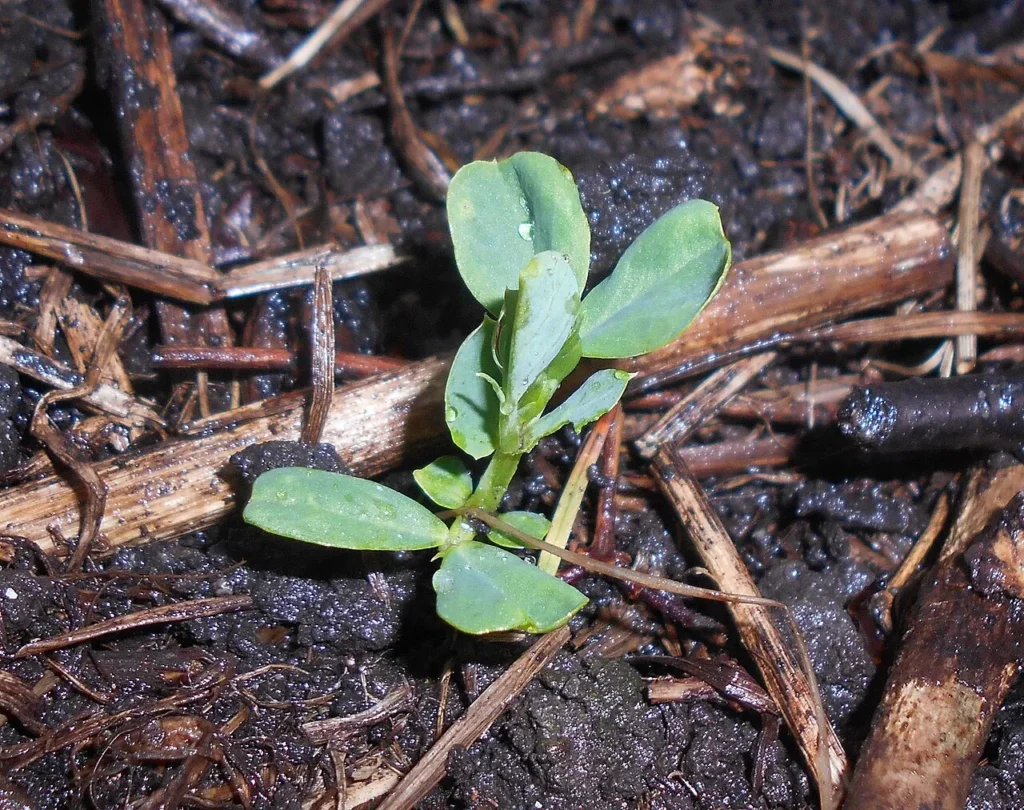
Selecting Your Variety
Choosing the right variety of snow peas can enhance your gardening experience. Varieties such as ‘Oregon Sugar Pod II’, ‘Mammoth Melting Sugar’, and ‘Avalanche’ offer different sizes, flavours, and disease resistances. Consider your climate, space, and culinary preferences when selecting.
Planting Essentials
Soil Preparation:
Snow peas flourish in fertile, well-drained soil. Work in plenty of compost to enrich the soil before planting.
Sowing Seeds:
The best time to plant snow peas is early spring or late summer for a fall harvest. Sow seeds about 1 inch deep and 2 inches apart, in rows that are spaced 18-24 inches apart. Snow peas appreciate cool temperatures and can be one of the first crops sown in the spring.
Location:
Choose a sunny to partly shaded spot in your garden. Although snow peas can tolerate partial shade, more sun leads to better yields.
Caring for Snow Peas
Watering:
Regular watering is crucial, especially as the plants start flowering and developing pods. Keep the soil moist but not waterlogged.
Support:
Snow peas are climbers and will benefit from support such as trellises, nets, or stakes. This not only saves space but also keeps the plants healthy and makes harvesting easier.
Mulching:
Applying a layer of mulch around the plants can help retain moisture, suppress weeds, and keep the root temperature stable.
Pest and Disease Control:
Be vigilant about pests such as aphids and diseases like powdery mildew. Encourage beneficial insects or use organic pest control methods to protect your plants.
Harvesting Your Bounty
Snow peas are ready to harvest when the pods are about 2 to 3 inches long and the peas inside are just beginning to form. Harvesting early and often encourages the plant to produce more pods. Pick them gently to avoid damaging the vine.
Savouring Snow Peas

Snow peas are incredibly versatile in the kitchen. They can be enjoyed raw in salads, stir-fried with a bit of oil and garlic for a simple yet delicious side, or added to soups and stews for a touch of sweetness. Their fresh, crisp texture is a welcome addition to many dishes.
Frequently Asked Questions (FAQs) About Growing Snow Peas
Additional Resources for Snow Pea Enthusiasts
- National Gardening Association (NGA): Offers a wealth of gardening tips, including specific advice for growing peas. Visit the NGA website
- Royal Horticultural Society (RHS): Provides expert guidance on planting and caring for snow peas in various climates. Explore RHS gardening tips
Final Thoughts
Growing snow peas is a simple pleasure that rewards gardeners with a bounty of sweet, crunchy pods. Whether eaten fresh off the vine or cooked into a gourmet dish, snow peas are a testament to the joy of gardening. Start planning your snow pea garden today and look forward to the lush, green vines and the delicious harvest they will bring.

